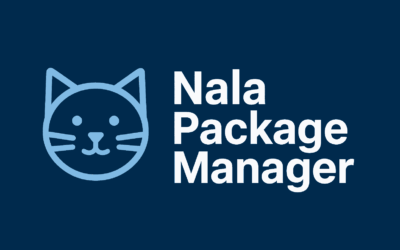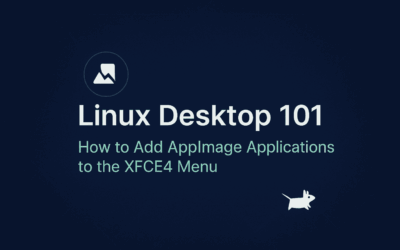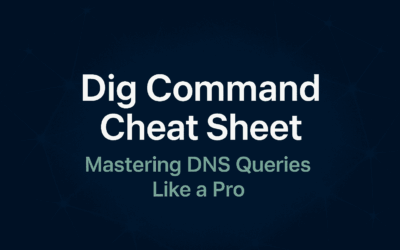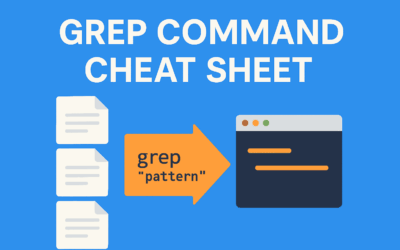Introduction For decades, Debian and its derivatives such as Ubuntu, Linux Mint, and Pop!_OS have relied on the tried-and-tested APT (Advanced Package Tool) as their default package manager. While APT is reliable and powerful, its user interface and output formatting...
Sandbox99 Chronicles
From My Sandbox to Yours — Practical IT Insights.
Categories: Linux Tips
How to Add AppImage Applications to the XFCE4 Menu
✍️ Brief Introduction Managing applications on Linux can sometimes feel fragmented, especially when dealing with portable packages like AppImage that don’t integrate into the desktop menu by default. Unlike .deb or .rpm packages, AppImages run as standalone...
Fixing Missing Emojis in Debian and Other Linux Distros
Introduction Emoticons—now more commonly known as emojis—first gained mainstream popularity thanks to Apple, which integrated them directly into the iOS and macOS keyboard. They quickly became an essential part of daily digital conversations, allowing people to...
Dig Command Cheat Sheet – Mastering DNS Queries Like a Pro
Introduction When it comes to DNS troubleshooting and querying DNS records directly from the command line, the dig (Domain Information Groper) command is an essential tool for system administrators, network engineers, and penetration testers.This cheat sheet provides...
Grep Command Cheat Sheet – Supercharge Your Productivity
Introduction When you’re working with Linux or macOS, the grep command is one of the most powerful tools in your arsenal for finding text fast. Whether you’re hunting down a config option in /etc, locating error messages in logs, or digging through source code, grep...
libvirt Networking: How to Create a VM Network with No Host or Internet Access
Creating an Isolated Internal Network for Virtual Machines 💻 Virtualization offers powerful tools for creating isolated environments. This post will walk you through setting up a custom internal network that's completely cut off from the host operating system (OS) and...






